MARY CORSE (b. 1945)
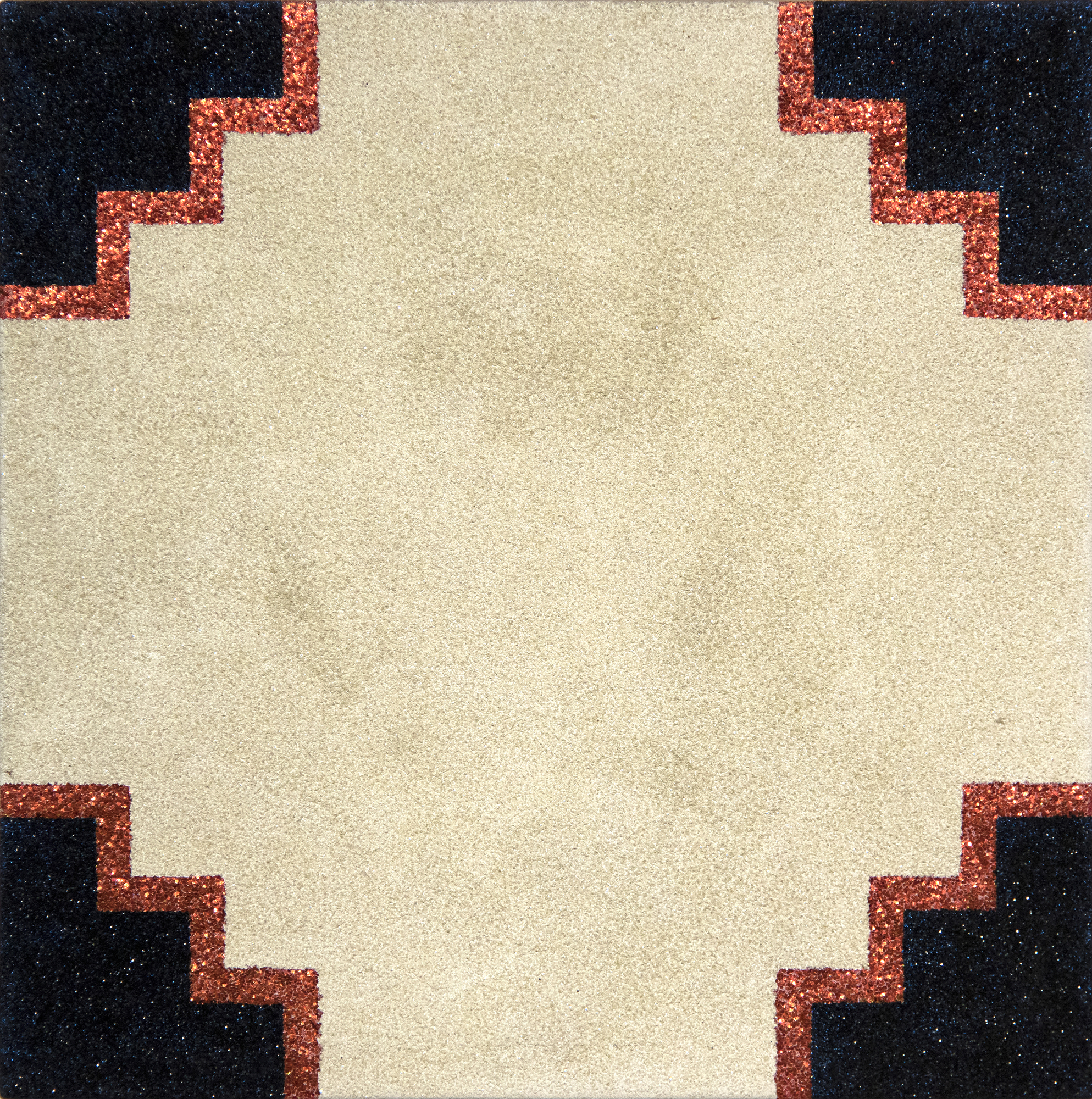
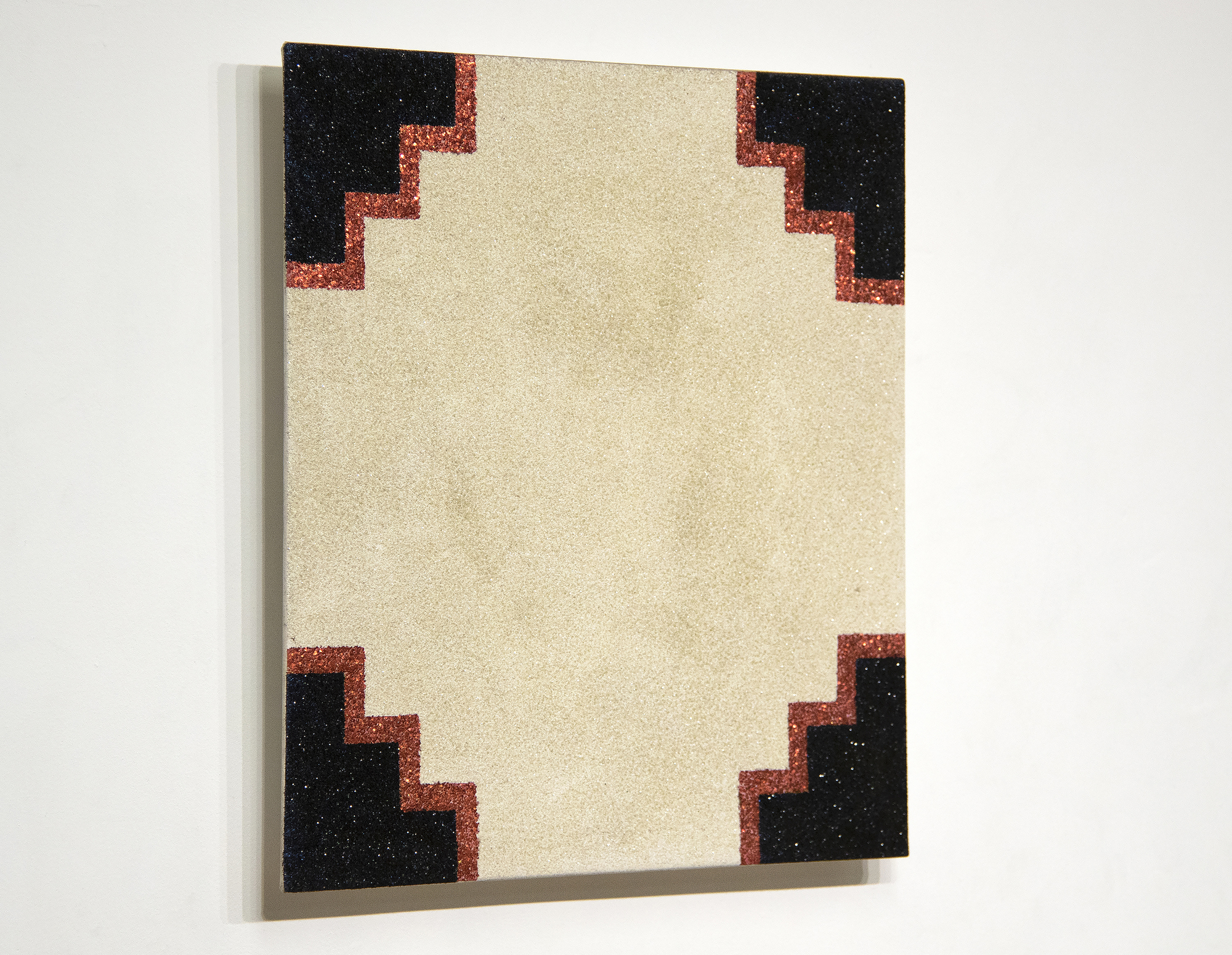
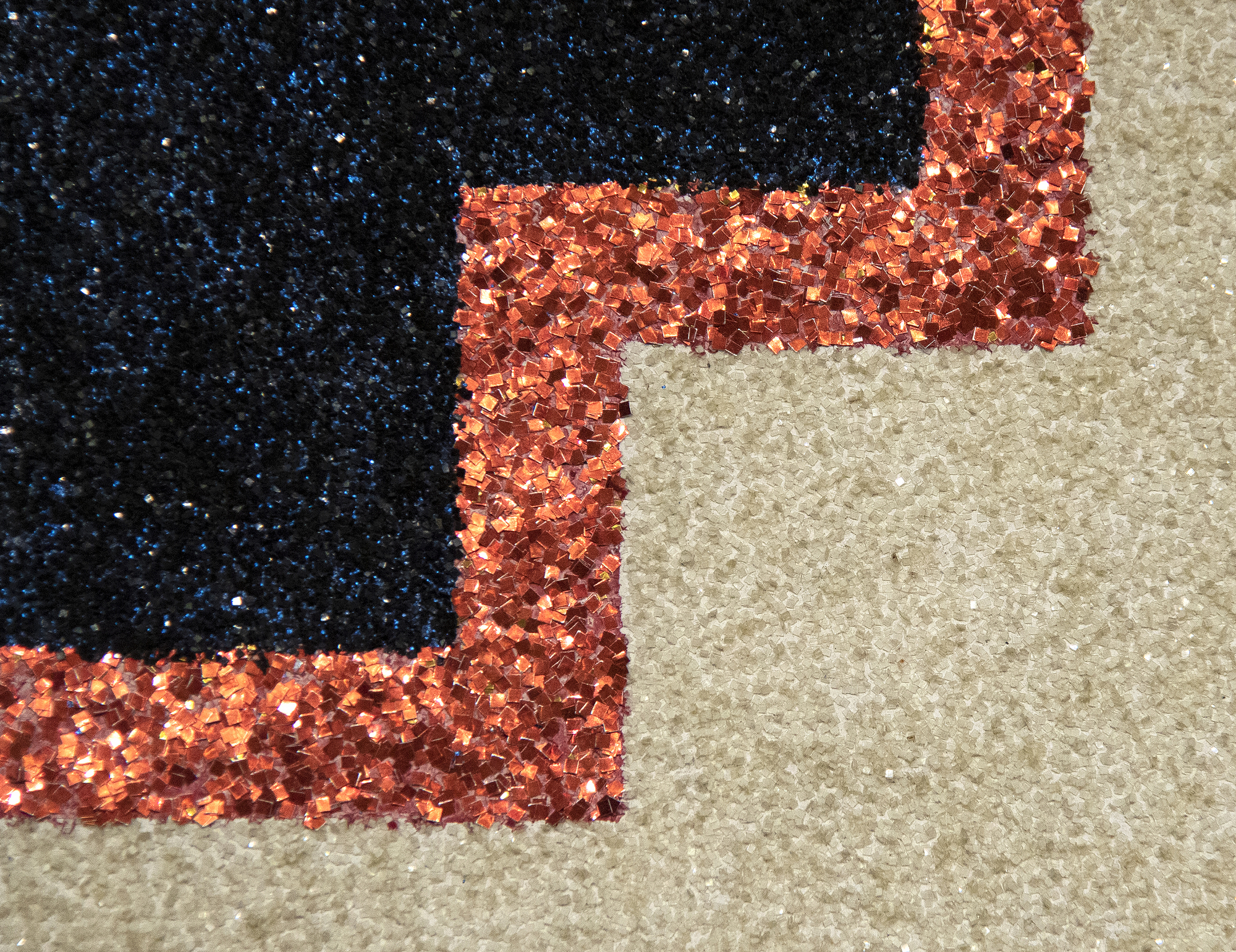
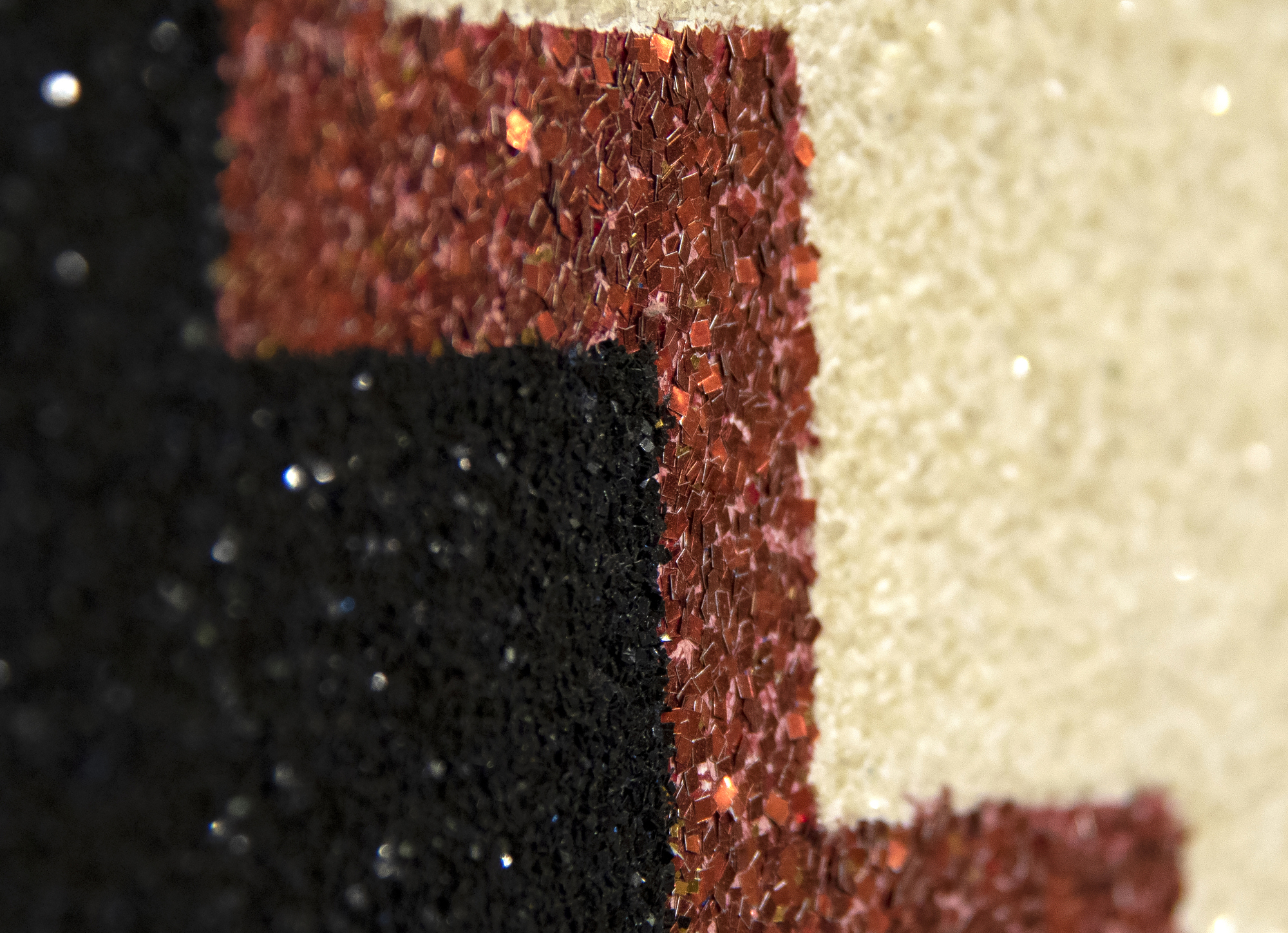
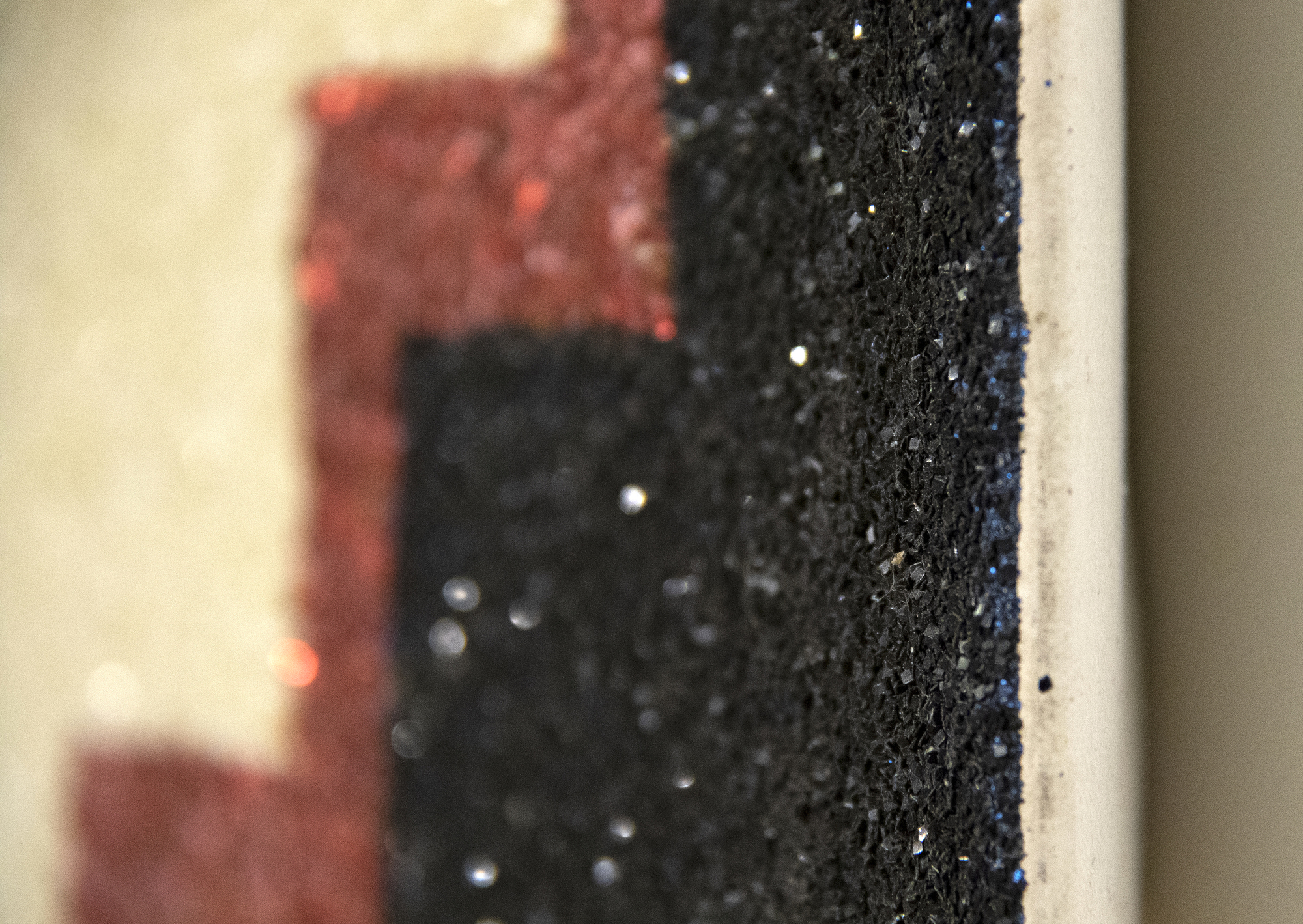
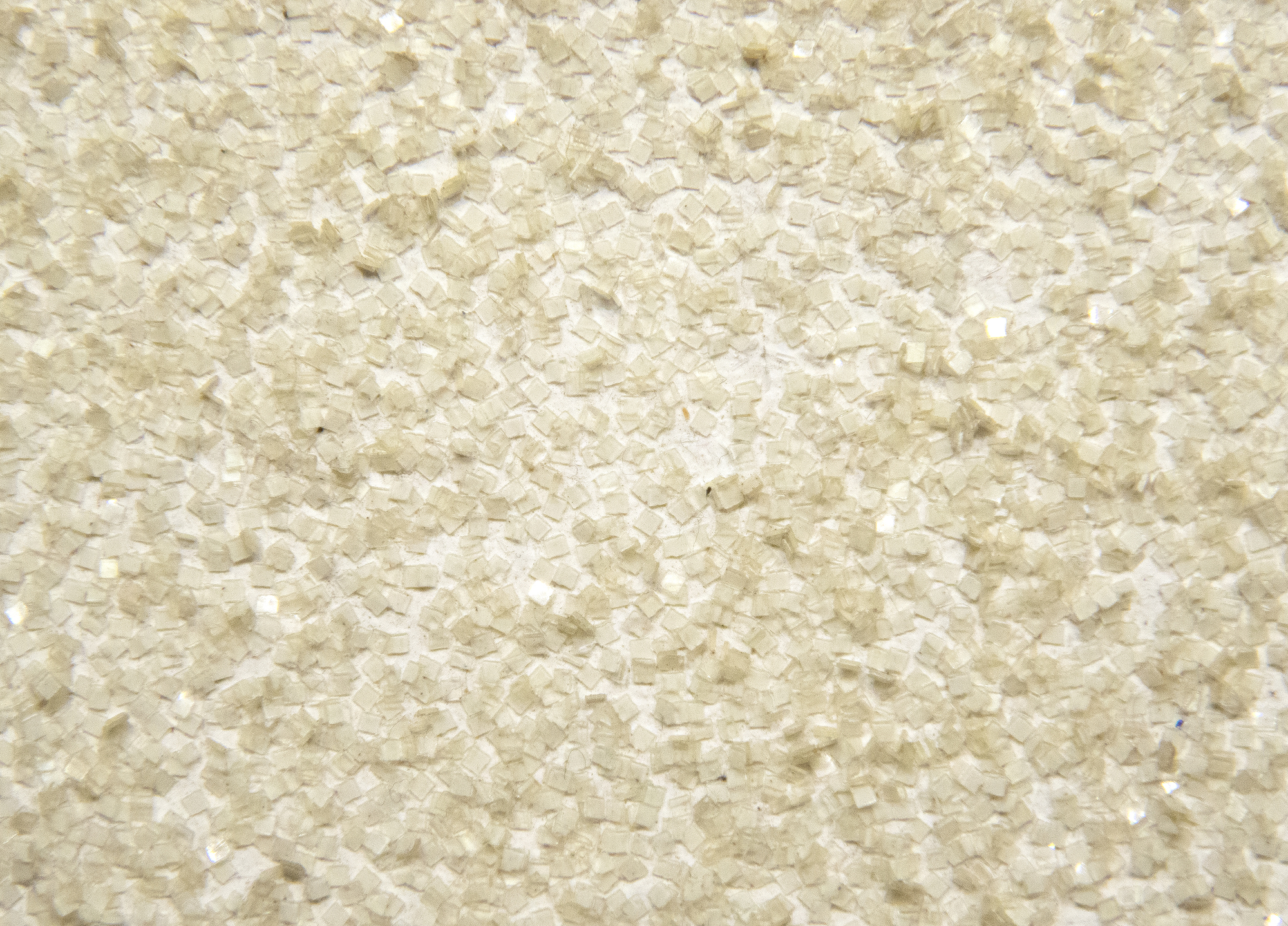
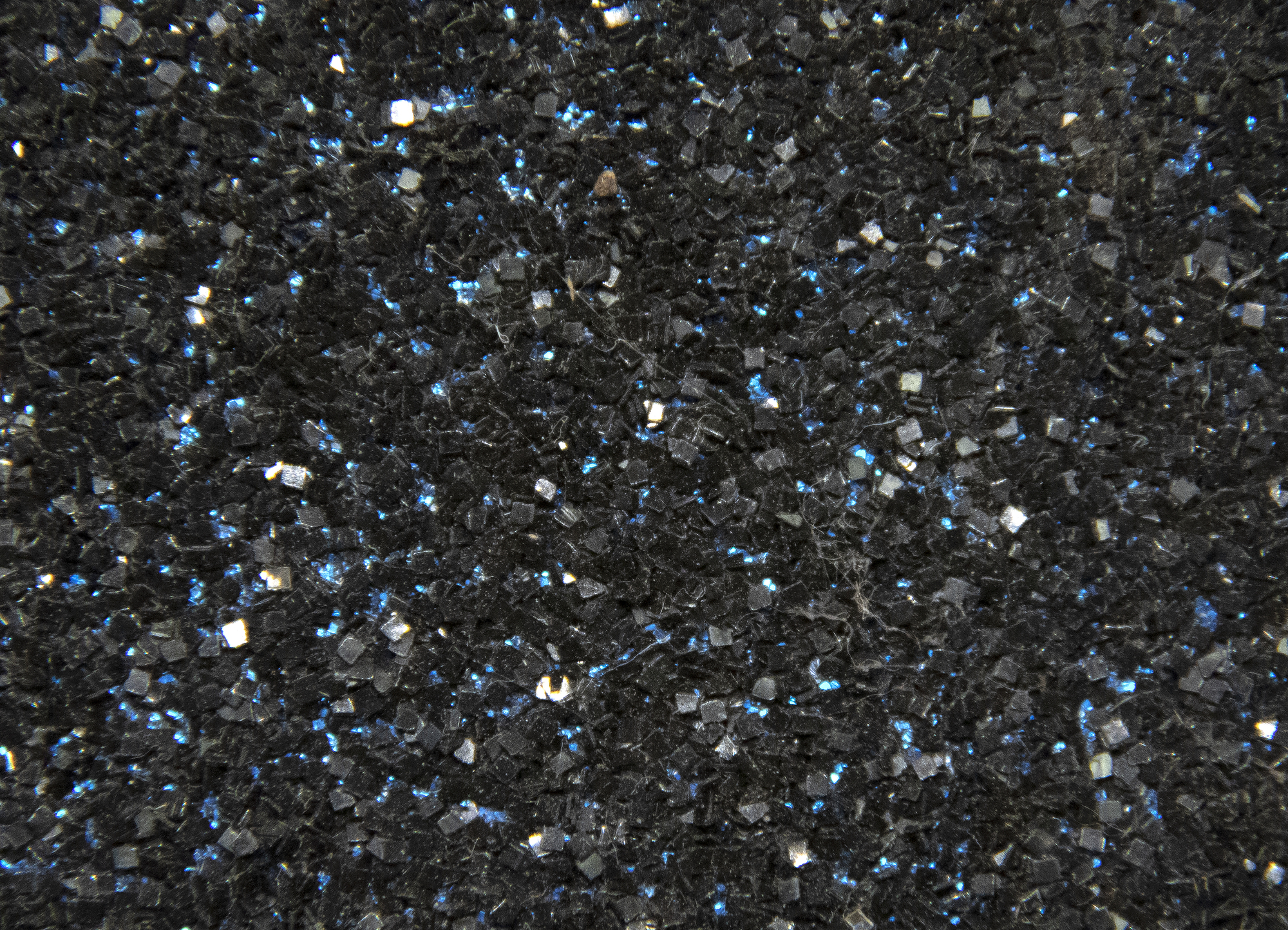
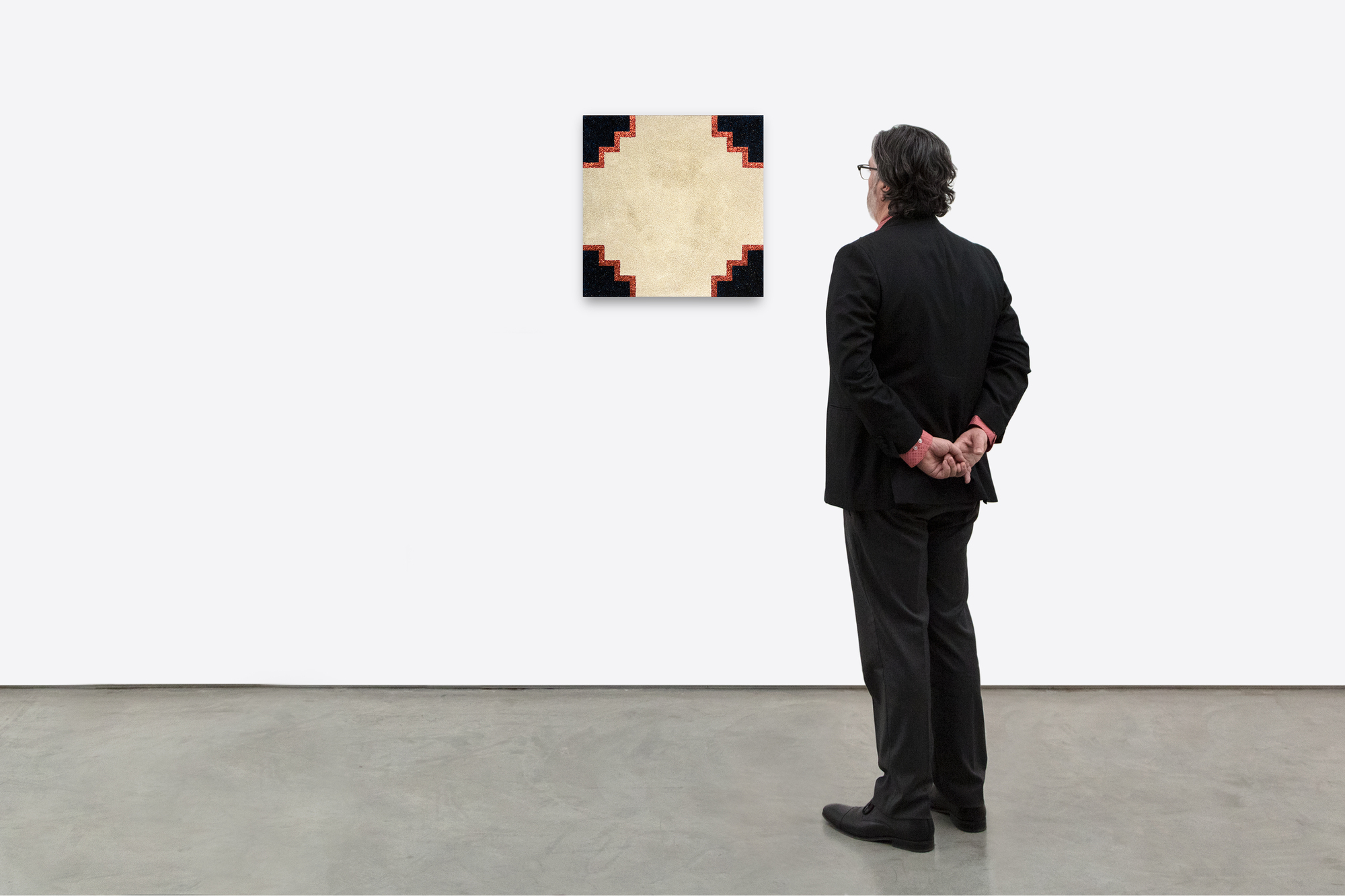
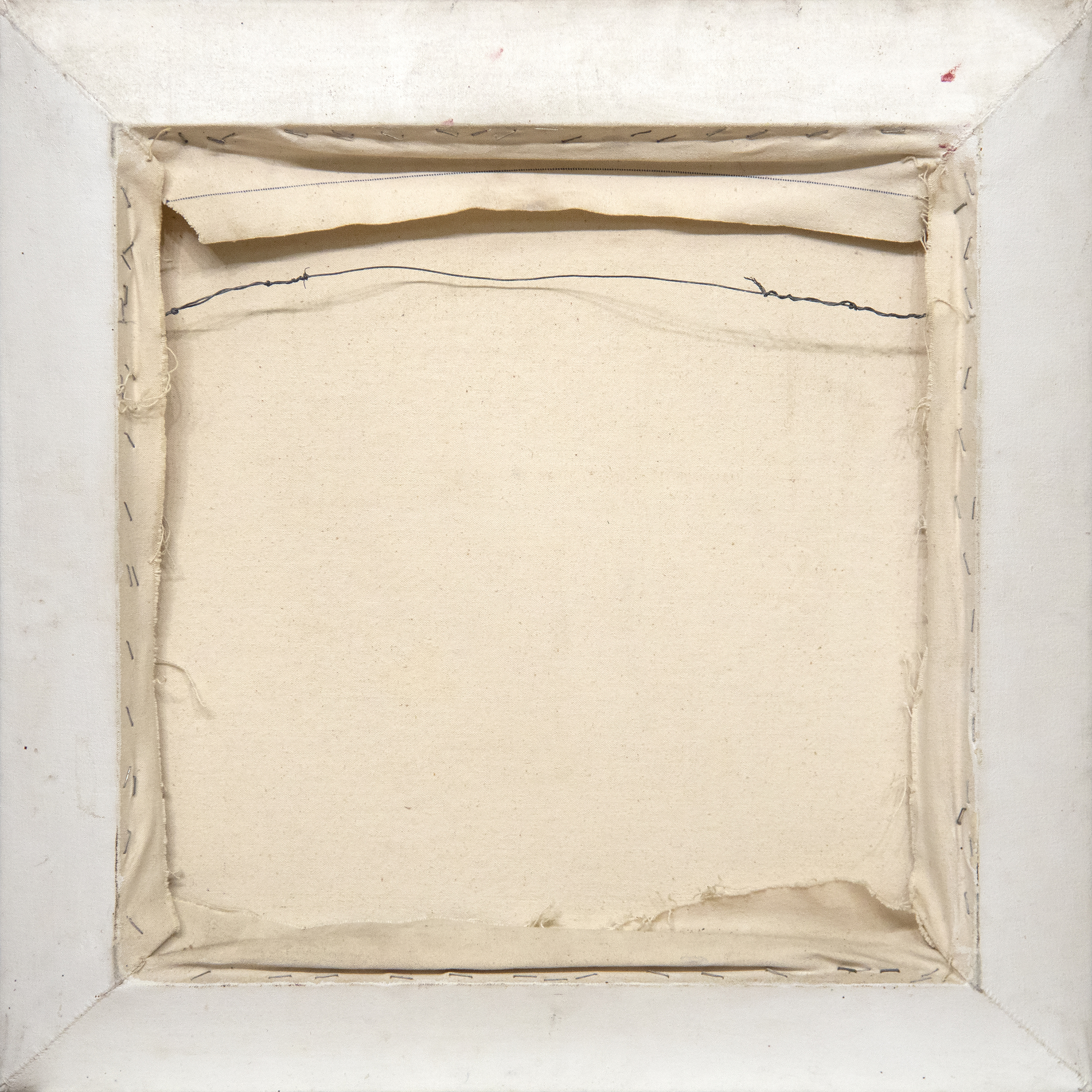
Provenance
Collection privée, don de l'artiste, 1975Christie's New York : Vendredi 27 septembre 2019, lot 00104
Collection privée
95,000
Une image photographique d'une peinture en microsphères de Mary Corse n'est pas seulement une représentation terne, mais elle passe également à côté de l'essentiel : il s'agit d'un art dépendant de l'expérience qui exige une participation pour " être ". Bien sûr, "Untitled" (1975) défie cette perspective statique à un seul point et dépend au contraire d'une expérience artistique interactive en temps réel qui accroît la conscience du corps dans l'espace au fur et à mesure que le spectateur expérimente des changements de stimulation rétinienne, de sensation et de sentiment. C'est un oiseau rare. Sa conception, sa géométrie et sa couleur démentent la révélation antérieure qui l'a conduite à se consacrer à sa palette habituelle et réductrice. Il s'agit plutôt d'une déclaration audacieuse en couleur pailletée, son champ central étant délimité aux coins par un motif rouge étincelant en forme de marche qui le sépare de ses écoinçons en forme de ciel nocturne étoilé. Il ne comporte peut-être pas de motif d'étoile, mais il a le glamour et la prestance qu'il faut sur le Walk of Fame d'Hollywood.


